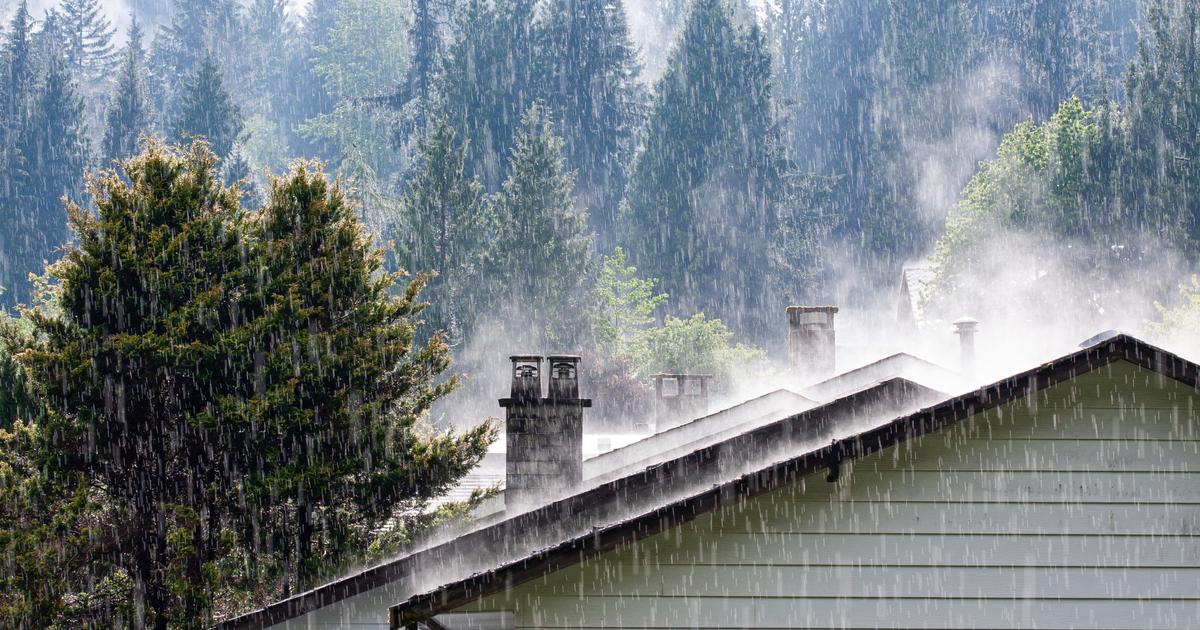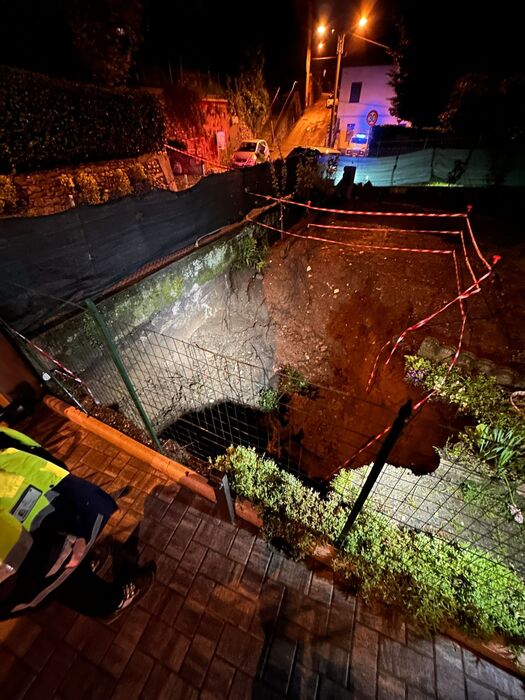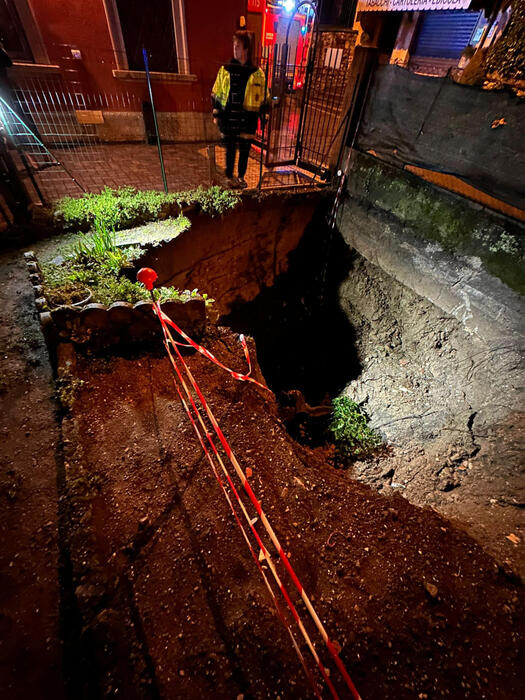Far from the cow's land, Thomas Pesquet will not see this Sunday the blue sky veil an orange hue over part of France.
Neither cars get covered with a thin film of red dust.
But from the international space station, the astronaut will perhaps observe the plume of dust from the Sahara which will pass over France.
Forecasters expect microscopic particles of desert sand to sweep over southern France and travel up to the Loire, carried by high-altitude winds.
“On February 5 and 6 already, there had been heavy fallout of dust on the Alps and the Pyrenees and we had observed an orange sky over a large part of southern France”, recalls Tristan Bergen, forecaster at
Meteo-villes.com.
This phenomenon occurs almost every year. And when the southern currents are unleashed, France is right on the south-north axis of these “sirocco shots”. “We receive an average of 12 g / m2 of particles each year, but the phenomenon can be much more significant,” explains the weather specialist. On February 21, 2004, for example, 1.5 million tonnes of sand fell on France, including 500,000 tonnes in Corsica, ie four times the annual quantity in a single day. "
Good news for car washes.
Less good for air quality.
“These ultra-fine Saharan sand particles agglomerate the pollution,” explains meteorologist Guillaume Séchet.
Suffice to say that asthmatics and people suffering from respiratory disorders will be sorry on the passage of these clouds of red dust.
A NASA warning system
The phenomenon is worrying beyond the borders of Europe where this reddish dust can be transported by winds to the Caribbean and South America. A team from the US Space Agency's (NASA) Applied Earth Sciences program has even developed an early warning system in Puerto Rico that now provides three days of delay before a Saharan dust storm hits the ground. 'Isle. This gives doctors and public health officials time to prepare and issue air quality alerts.
But these desert sand residues do not only have drawbacks.
According to NASA, more than sixty million tons of these mineral dust, loaded with nutrients, are raised in the atmosphere each year and contribute, when they fall to the ground, to fertilize the ocean and the woods.
"If the soils of the Amazon rainforest are so rich in minerals, it is partly thanks to the sand of the Sahara which crosses the Atlantic from east to west thanks to the trade winds", notes Guillaume Séchet.
READ ALSO>
Frost: how the cold knocked out farmers
Each year, 27 million tonnes of Saharan dust, carried over the ocean, supply the planet's green lung with iron and phosphorus. "Dust plays a major role in the Earth system," said Hongbin Yu, researcher specializing in the atmosphere at NASA. But the US space agency fears that this natural supply of nutrients will be upset by global warming.
"Sea surface temperatures have a direct impact on wind speed, so as the North Atlantic warms relative to the South Atlantic, the trade winds that blow dust from east to west weaken. , notes NASA. As a result, slower winds pick up and carry less dust from the Sahara. Because of global warming, NASA expects at least a 30% drop in Saharan dust activity over the next twenty to fifty years.












/cloudfront-eu-central-1.images.arcpublishing.com/prisa/KMEYMJKESBAZBE4MRBAM4TGHIQ.jpg)


